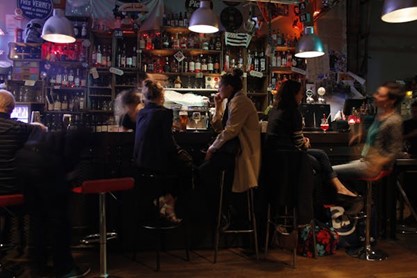Best Ayahusaca Retreats Peru for Healing [ SAFE ] 2025


I am an Ayahuasca practitioner and did a few ceremonies. On my blog you will find detailed articles about “What is Ayahuasca” and my honest feedback of my first Ayahuasca ceremony.
Ayahuasca, a powerful psychoactive brew, holds deep cultural and spiritual significance in Peru. Originating from indigenous Amazonian traditions, Ayahuasca has gained global attention for its purported healing and transformative properties. In Peru, particularly in the Amazon rainforest region, Ayahuasca ceremonies are conducted by experienced shamans, known as “curanderos” or “ayahuasqueros,” who guide participants through the ritualistic consumption of the brew.

The practice has attracted people from around the world, drawn to Peru’s rich cultural heritage and the opportunity to experience the ancient tradition firsthand. However, the use of Ayahuasca also raises ethical and safety considerations, highlighting the importance of informed and responsible participation in these ceremonies.
TABLE OF CONTENTS :
- Best Ayahuasca retreats in Peru
- The facilities and services commonly offered at ayahuasca retreat centers in Peru
- Best time to visit ayahuasca retreat centers in Peru
- Full guide about ayahuasca ceremony ( Practice, set up, preparation, ceremony, after )
- Potential dangers and benefits of Ayahuasca
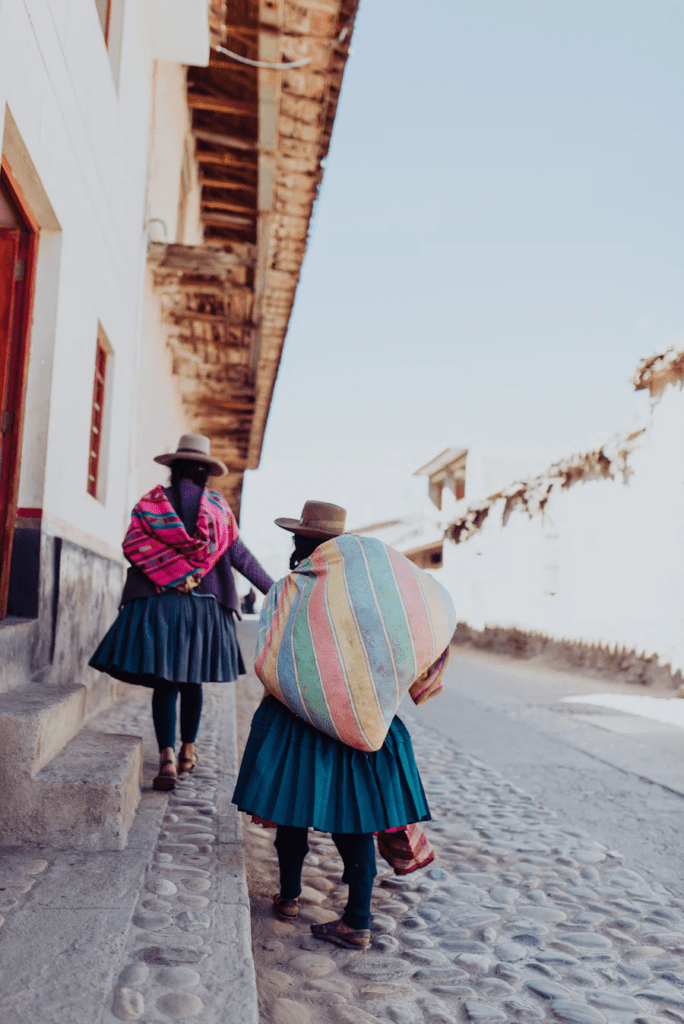
⚠️ Don’t forget our complete guides about Peru
✅Things to do in Miraflores Lima , Peru
✅Best time to visit Machu Picchu, Peru
✅Best Ayahuasca retreats in Peru
☝🏻 And way more
🔍 Just type ” Peru “ or the topic you choose in the search bar for all our articles
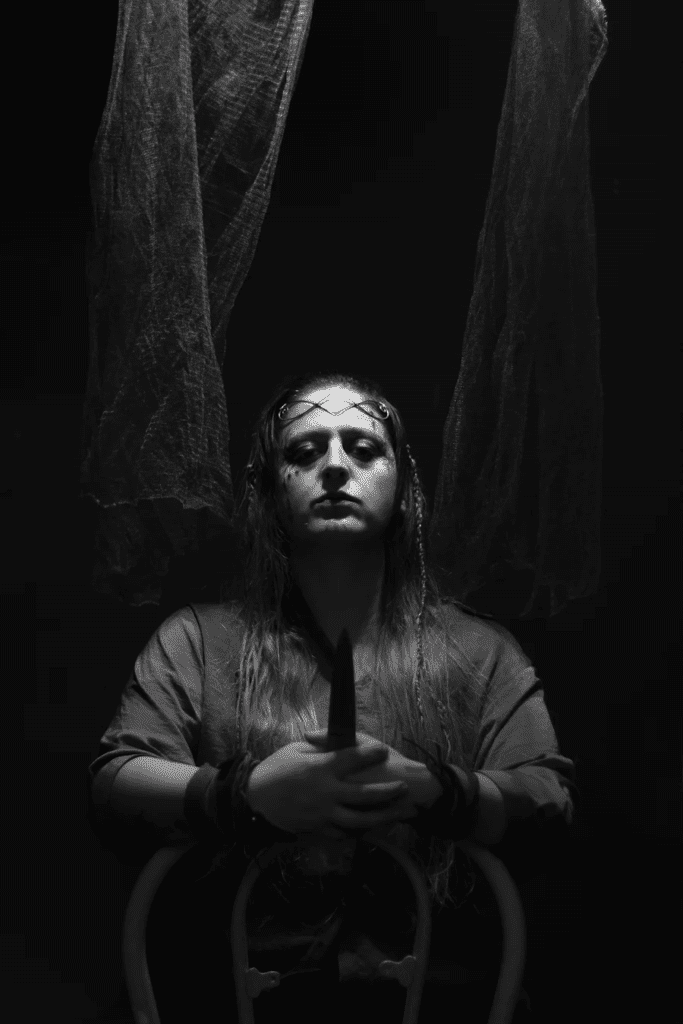
Best Ayahusaca Retreats Peru
1. Temple of the Way of Light (Iquitos):
- Renowned for its traditional Shipibo healing practices.
- Offers immersive ayahuasca retreats with experienced shamans.
- Focuses on holistic healing and spiritual growth.
https://templeofthewayoflight.org
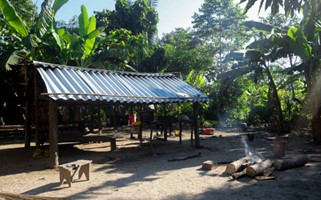
2. SpiritQuest Sanctuary (Iquitos):
- Led by experienced ayahuasca shaman Howard Lawler.
- Offers personalized retreats with small group sizes for individual attention.
- Provides a safe and supportive environment for deep healing.
- Located in a secluded jungle setting for an authentic ayahuasca experience.
https://www.biopark.org
3. Nihue Rao Centro Espiritual (Iquitos):
- Known for its traditional Shipibo healing techniques.
- Offers ayahuasca retreats with skilled Shipibo maestros.
- Emphasizes personal transformation and spiritual development.
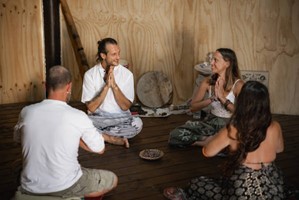
4. Sapan Inka Retreat Center (Cusco):
- Located in the Sacred Valley of the Incas for a unique setting.
- Offers ayahuasca ceremonies guided by experienced Peruvian shamans.
- Focuses on integrating ayahuasca experiences into daily life.
- Provides comfortable lodging and nutritious vegetarian meals.
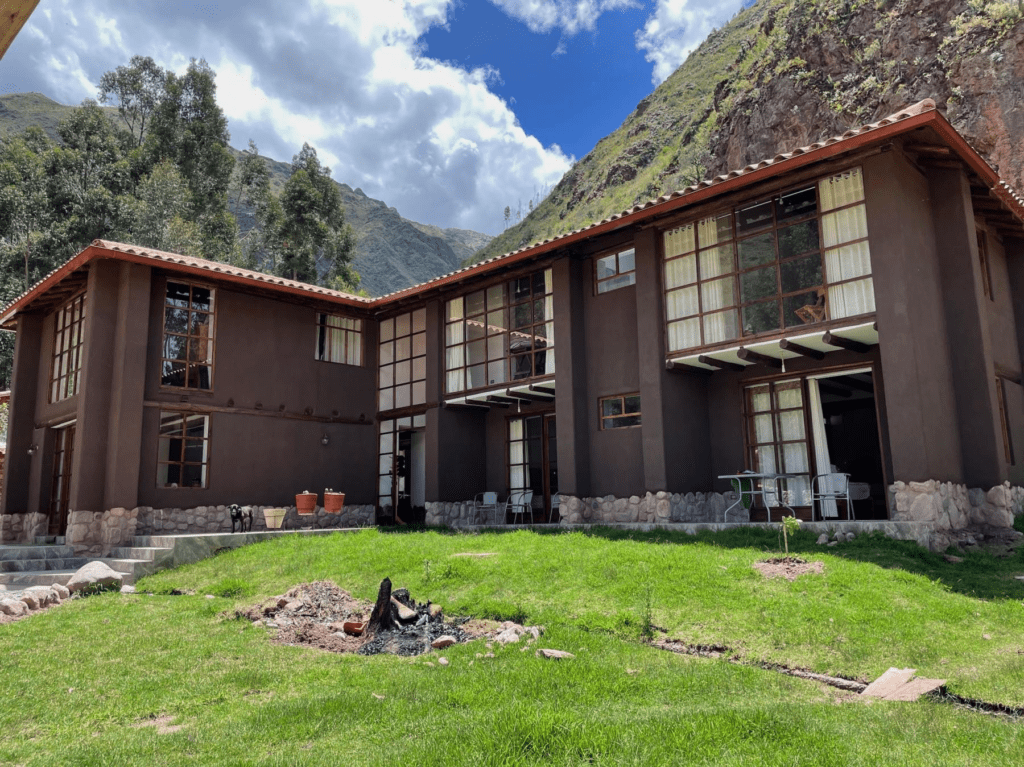
5. Blue Morpho (Iquitos):
- Led by renowned ayahuasca shaman Hamilton South america.
- Offers transformative ayahuasca retreats with a focus on personal growth.
- Provides a safe and supportive environment with experienced facilitators.
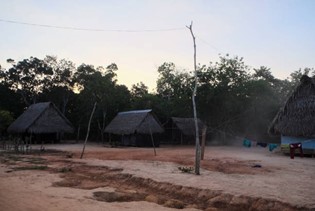
6. Aya Madre (Iquitos):
- Offers traditional Shipibo ayahuasca ceremonies led by experienced healers.
- Focuses on healing physical, emotional, and spiritual ailments.
- Provides comfortable accommodations and nutritious meals.
- Located in a peaceful jungle setting for deep introspection and healing.

7. Dreamglade (Iquitos):
- Led by experienced ayahuasca shaman Terence McKenna.
- Offers transformative ayahuasca retreats with a focus on personal healing.
- Provides a safe and supportive environment with experienced facilitators.
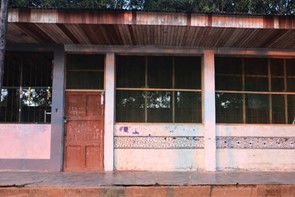
8. Arkana Spiritual Center (Sacred Valley and Amazon):
- Offers ayahuasca retreats in both the Sacred Valley and the Amazon rainforest.
- Led by experienced Peruvian shamans with a focus on healing and transformation.
- Provides comfortable accommodations, organic meals, and various holistic activities.
- Emphasizes integration and personal growth throughout the retreat.
https://www.arkanainternational.com

9. Etnikas Ayahuasca Retreats (Cusco):
- Located in the Sacred Valley of the Incas for a serene atmosphere.
- Offers ayahuasca ceremonies guided by experienced Peruvian shamans.
- Focuses on healing, self-discovery, and spiritual growth.
- Provides comfortable accommodations and nutritious meals.

The facilities and services commonly offered at Ayahuasca retreat centers in Peru
1. Accommodations:
- Retreat centers typically provide comfortable lodging options ranging from shared dormitories to private rooms.
- Accommodations are often designed to blend with the natural surroundings, offering a peaceful and tranquil environment conducive to healing and introspection.
- Some centers may offer rustic jungle huts or cabins, while others provide more modern amenities such as electricity, hot water, and Wi-Fi access.
2. Ayahuasca Ceremonies:
- The main attraction of ayahuasca retreats, ceremonies are conducted by experienced shamans or healers who guide participants through the ceremonial process.
- Ceremonies typically take place in a designated ceremonial space, such as a maloca (traditional round hut) or a temple, creating a sacred atmosphere.
- Participants drink the ayahuasca brew and then lie down or sit in meditation, allowing the effects of the medicine to take hold while the shaman leads chants, prayers, and healing rituals.
- Ceremonies may last several hours, with participants encouraged to surrender to the experience and explore their inner landscape.
3. Experienced Shamans:
- Retreat centers in Peru often employ experienced and reputable shamans who have extensive knowledge of ayahuasca and traditional healing practices.
- These shamans guide participants through the ayahuasca experience, offering support, guidance, and healing energy throughout the ceremony.

4. Integration Support:
- Many ayahuasca retreat centers offer integration support to help participants integrate their ayahuasca experiences into their daily lives.
- Integration may include group discussions, one-on-one counseling sessions, and practical guidance on how to apply insights gained during ceremonies to real-life situations.
- Retreat centers may also offer workshops, classes, or activities focused on topics such as mindfulness, meditation, and self-discovery to support ongoing personal development.
5. Nutritious Meals:
- Proper nutrition is considered essential for supporting the healing process during ayahuasca retreats.
- Retreat centers typically provide healthy and balanced meals made from fresh, locally sourced ingredients.
- Meals may be vegetarian or vegan to align with the dieta (dietary restrictions) often recommended before and after ayahuasca ceremonies.
- Special dietary needs or restrictions can usually be accommodated upon request.
6. Holistic Healing Modalities:
- In addition to ayahuasca ceremonies, many retreat centers offer a variety of holistic healing modalities to complement the healing process.
- These may include yoga, meditation, sound healing, massage therapy, and plant baths (bath rituals using medicinal plants).
- These modalities aim to promote relaxation, balance energy, and support physical, emotional, and spiritual well-being.
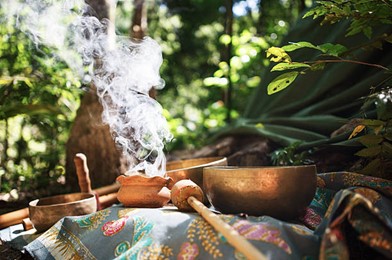
7. Safety and Medical Support:
- Safety is paramount at ayahuasca retreat centers, and measures are taken to ensure the well-being of participants throughout their stay.
- Retreat centers typically have trained staff on-site to provide medical support and assistance if needed.
- Medical screenings may be conducted before participants are allowed to participate in ayahuasca ceremonies to identify any potential contraindications or risks.
8. Environmental Conservation and Sustainability:
- Many retreat centers in Peru are committed to environmental conservation and sustainability.
- They may employ eco-friendly practices such as recycling, composting, and using renewable energy sources.
- Some retreat centers may also offer educational programs or initiatives aimed at raising awareness about environmental issues and promoting responsible tourism practices.
Overall, ayahuasca retreat centers in Peru provide a supportive and nurturing environment for individuals seeking healing, self-discovery, and spiritual growth, with a range of facilities and services designed to facilitate a transformative experience.
Best time to visit Ayahuasca retreat centers in Peru
1. Weather and Climate:
- Peru experiences two main seasons: the dry season (May to October) and the wet season (November to April).
- The dry season, especially from May to September, is generally considered the best time to visit as it offers more stable weather conditions with less rainfall and lower humidity.
- However, some people prefer the wet season for its lush greenery and abundance of wildlife, despite the possibility of occasional heavy rain showers.
2. Personal Preferences and Comfort:
- Consider your personal preferences and comfort level when deciding the best time to visit. Some people may prefer cooler temperatures and fewer mosquitoes, which are more common during the dry season.
- Others may enjoy the vibrant foliage and vibrant wildlife sightings that occur during the wet season.
3. Availability of Retreat Centers:
- Check the availability of retreat centers and the schedules of the shamans or facilitators you wish to work with.
- Some retreat centers may be fully booked during peak seasons, so it’s advisable to plan and book your retreat well in advance to secure your spot.
4. Festivals and Events:
- Research local festivals and events happening in Peru during your planned visit.
- While attending festivals can be a unique cultural experience, it’s important to consider how such events may impact your ayahuasca retreat, as they may affect transportation, accommodations, and availability of services.
5. Personal Intentions and Goals:
- Consider your personal intentions and goals for participating in an ayahuasca retreat.
- Some people may prefer to embark on their journey during a specific time of year that holds personal significance or aligns with their spiritual or emotional needs.
6. Cultural Consideration:
- Be mindful of cultural considerations, such as local holidays or traditions, that may influence your experience.
- For example, some retreat centers may observe certain rituals or ceremonies during specific times of the year, which could enhance your overall experience.
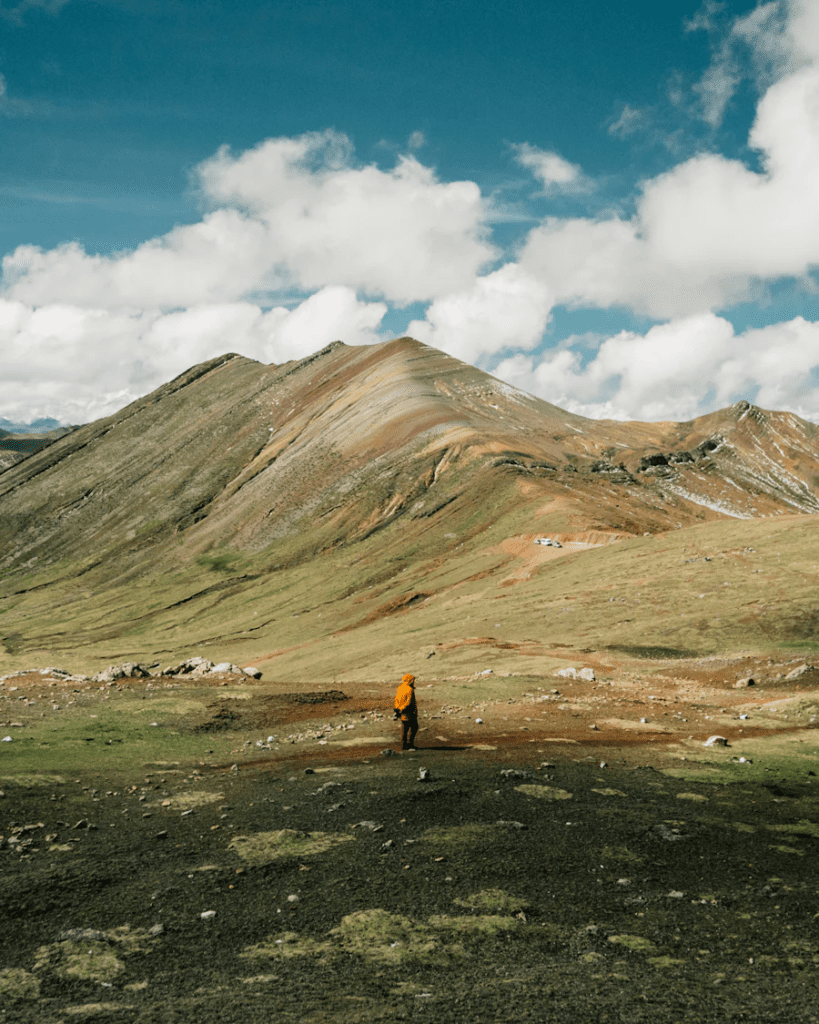
7. Health and Well-being:
- Consider your own health and well-being when planning your visit.
- If you have any medical conditions or concerns, consult with a healthcare professional before participating in an ayahuasca retreat.
- Additionally, be aware of any travel advisories or health-related risks associated with visiting Peru, such as vaccinations or medication requirements.
8. Budget and Costs:
- Take into account your budget and the costs associated with traveling to Peru and participating in an ayahuasca retreat.
- Prices for retreats may vary depending on the time of year, with peak seasons typically commanding higher rates.
Ultimately, the best time to visit an ayahuasca retreat center in Peru depends on a combination of factors, including weather preferences, personal goals, availability, and cultural considerations. It’s essential to do thorough research and plan accordingly to ensure a fulfilling and transformative experience.
Full guide about ayahuasca ceremony ( Practice, set up, preparation, ceremony, after )
1. Preparation:
- Participants typically undergo a period of preparation, which may include following a special diet (dieta) for several days leading up to the ceremony. This diet often excludes certain foods and substances, such as alcohol and spicy foods, to prepare the body and mind for the experience.
2. Setting:
- Ayahuasca ceremonies are conducted in a designated ceremonial space, such as a maloca (traditional round hut), temple, or outdoor area, chosen for its spiritual significance and connection to nature.
- The space is prepared with sacred objects, such as candles, incense, and spiritual symbols, to create a supportive and sacred atmosphere.
3. Participants:
- Participants gather in the ceremonial space, often in a circle, and are typically accompanied by experienced shamans or facilitators who guide the ceremony.
- Before the ceremony begins, participants may have the opportunity to share their intentions for the experience and receive guidance from the shamans.
4. Invocation:
- The ceremony begins with an invocation or opening ritual led by the shamans, which may include prayers, chants, and offerings to the spirits of the plants and the ancestors.
- Participants are encouraged to set their intentions and surrender to the healing energy of the ayahuasca.
5. Consumption of Ayahuasca:
- Participants drink the ayahuasca brew, which is prepared by boiling the ayahuasca vine and chacruna leaves together to create a potent psychoactive brew.
- The taste of ayahuasca is often described as bitter and earthy, and participants may experience nausea or purging (vomiting or diarrhea) as the body purges toxins and prepares for the journey.
6. Journey:
- As the effects of the ayahuasca take hold, participants may begin to experience a wide range of physical, emotional, and spiritual sensations.
- The journey can include vivid visions, deep introspection, emotional release, and profound insights into one’s life and consciousness.
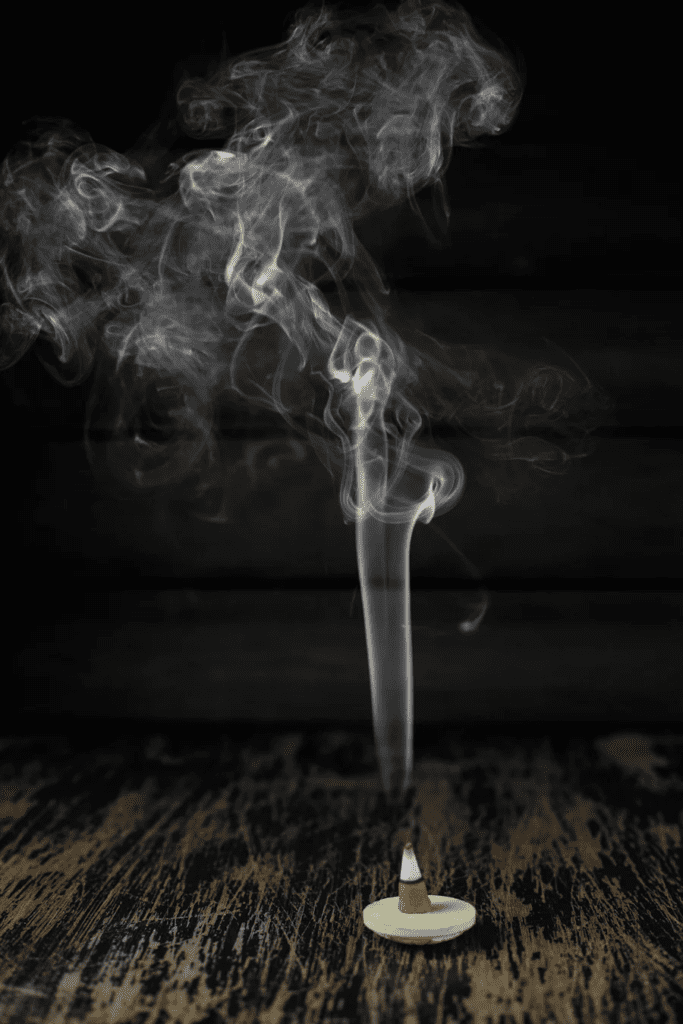
7. Guidance and Support:
- Throughout the ceremony, experienced shamans provide guidance, support, and healing energy to participants, helping them navigate the intensity of the experience and facilitating their healing process.
8. Integration:
- After the ceremony concludes, participants gather to share their experiences and insights with each other, often in a supportive and non-judgmental environment.
- Integration practices, such as journaling, meditation, and reflection, are encouraged to help participants integrate their ayahuasca experiences into their daily lives and continue their healing journey.
9. Closing:
- The ceremony concludes with a closing ritual led by the shamans, in which gratitude is expressed to the spirits of the plants, the ancestors, and the participants for their presence and participation.
- Participants are encouraged to rest, hydrate, and integrate their experiences as they continue their journey of healing and self-discovery.
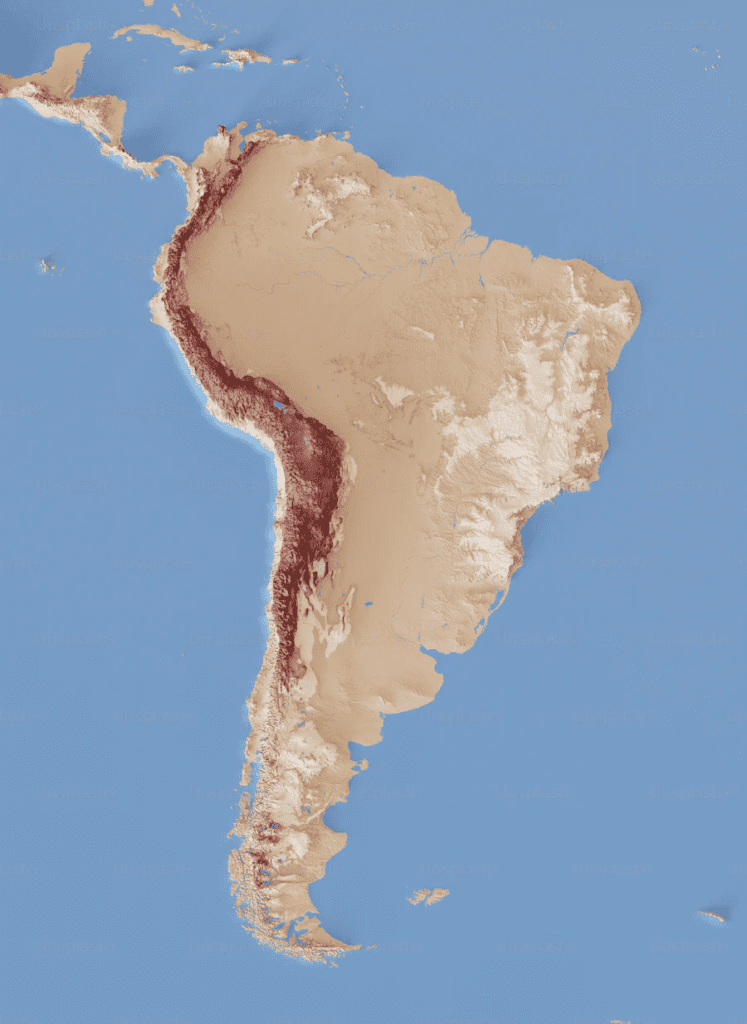
Potential dangers and benefits of Ayahuasca
Ayahuasca, a powerful psychoactive brew used in traditional ayahuasca ceremonies by indigenous people of the Amazon basin, has gained popularity in recent years as a tool for spiritual healing and self-discovery. Below are the potential dangers and benefits associated with Ayahuasca:

Benefits:
1. Spiritual healing:
Ayahuasca is used in traditional ceremonies for spiritual healing and personal growth, offering participants the opportunity to connect with the spirit world and gain insights into their lives.
2. Positive experiences:
Many individuals have reported positive experiences with Ayahuasca, including profound insights, emotional healing, and a greater sense of connection with themselves and the world around them.
3. Indigenous cultures:
Participating in Ayahuasca ceremonies can provide a deeper understanding and appreciation of indigenous cultures and their traditional practices.
4. Healing ceremonies:
Ayahuasca sessions led by indigenous healers can offer individuals the opportunity to address emotional traumas and negative energy in a safe and supportive environment.
5. Personal growth:
Ayahuasca rituals can be a catalyst for personal growth and self-discovery, helping individuals gain clarity and perspective on their lives.

6. Connection to nature:
Ayahuasca ceremonies often involve a connection to nature and Mother Earth, fostering a sense of unity and interconnectedness with the natural world.
7. Traditional use:
By participating in traditional ayahuasca ceremonies, individuals can learn about and honor the traditional use of this sacred plant medicine.
8. Spiritual practice:
Ayahuasca can be used as a tool for spiritual practice, helping individuals deepen their meditation practices and cultivate a greater sense of mindfulness.
9. Healing retreats:
Participating in Ayahuasca retreats in sacred spaces can offer individuals a unique opportunity for healing, introspection, and personal transformation.
10. Supportive environment:
Ayahuasca centers often provide a supportive environment with trained staff members, individual consultations, and private rooms to ensure the well-being of participants.

Dangers:
1. Medical risks:
Ayahuasca can have physical effects on the body, including changes in blood pressure and the potential for adverse reactions in individuals with certain medical conditions.
2. Psychological risks:
Ayahuasca can induce intense psychological experiences that may be challenging or overwhelming for some individuals, especially those who are unprepared or have underlying mental health issues.

3. Interaction with other substances:
Ayahuasca can interact with certain medications, recreational drugs, or even dietary choices like dairy products or foods containing the amino acid tyramine, potentially leading to harmful effects.
4. Spiritual challenges:
Ayahuasca ceremonies can bring up deep-seated emotions and issues that may be difficult to process, requiring a strong support system and integration practices.
5. Cultural appropriation:
There is a risk of cultural appropriation when individuals engage in Ayahuasca ceremonies without proper respect for the traditions and practices of indigenous groups.
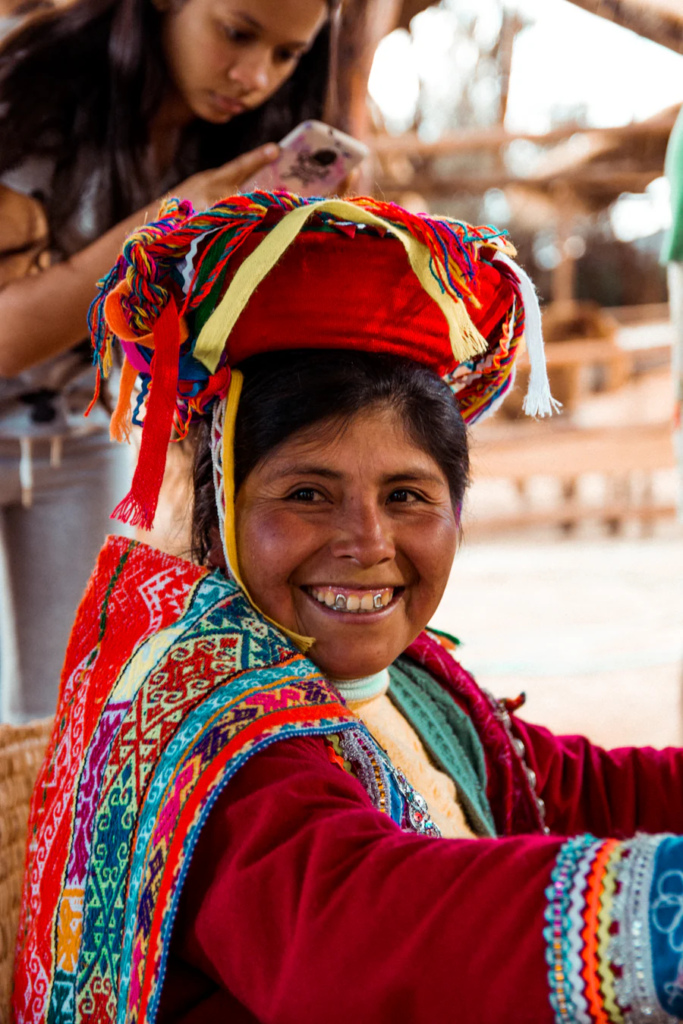
6. Lack of preparation:
Participating in an Ayahuasca ceremony for the first time without adequate preparation or understanding of the process can lead to a negative or overwhelming experience.
7. Unethical practices:
Some retreat centers or individuals may exploit the popularity of Ayahuasca for financial gain, offering ceremonies without proper guidance or care for participants’ well-being.
8. Lack of integration:
Without proper integration practices after an Ayahuasca ceremony, individuals may struggle to make sense of their experiences and incorporate any insights gained into their everyday lives.
9. Risks of sexual misconduct:
In some cases, participants in Ayahuasca ceremonies have reported instances of sexual misconduct or abuse by facilitators

➡️ I am a Yoga teacher, meditator and wellness professional . I wrote many articles about well being, retreats, Yoga and spirituality :
– How to practice transcendental meditation
And way more ! Check it out on our website . Just type search bar 🔍 with the topic you want to explore

Wrapping up
Ayahuasca retreat centers in Peru offer transformative experiences guided by experienced shamans in serene natural settings. With a range of services including ayahuasca ceremonies, holistic healing modalities, integration support, and nutritious meals, these centers provide a safe and nurturing environment for deep healing, personal growth, and spiritual development. Whether seeking profound insights, emotional healing, or spiritual awakening, participants can embark on a transformative journey of self-discovery, guided by the wisdom of ancient plant medicine and supported by the expertise of dedicated facilitators.

WHO AM I ?
Hello !
I am Eric, a French Australian citizen based between Australia, Asia and Bali and I love to travel and experience the world. I generally like outdoor activities, wellness, great food and venues , party and real local adventures ! I am a Yoga practitioner and fitness lover
I created this blog because I love to travel and I want to share my experiences with others. I’ve been traveling since I was a child, and I’ve been to over 50 countries. I’ve seen some amazing things and met some amazing people, and I want to help others experience the same things.
I believe that travel is one of the best ways to learn about the world and about yourself. When you travel, you’re forced to step outside of your comfort zone and experience new things. You learn about different cultures, different religions, and different ways of life. You also learn about yourself, your strengths, and your weaknesses.
Travel can also be a great way to make new friends. When you’re traveling, you’re surrounded by people from all over the world, and you’re all in the same boat. You’re all there to explore and experience new things, and that can create a bond between people.
Let’s connect together !
I hope that my travel blog will inspire others to travel and to see the world. I also hope that it will help people to learn about different cultures and to become more open-minded.








![Best Ayahusaca Retreats Peru for Healing [ SAFE ] 2025](https://funkyfreshtravels.com/wp-content/uploads/2024/06/Picture1-11.jpg)
![The Best Restaurants in Cali [Foodie Choice 2025]](https://funkyfreshtravels.com/wp-content/uploads/2024/06/Picture1.jpg)
![Best Festivals in Colombia, Celebrations, Holidays [2025]](https://funkyfreshtravels.com/wp-content/uploads/2024/06/Picture1-2.jpg)
![Best Time to Visit Machu Picchu [Pro Guide 2025]](https://funkyfreshtravels.com/wp-content/uploads/2024/06/Picture1-5.jpg)
![Top Things to Do in Colombia [Ultimate List 2025]](https://funkyfreshtravels.com/wp-content/uploads/2024/06/Picture2-3.jpg)
